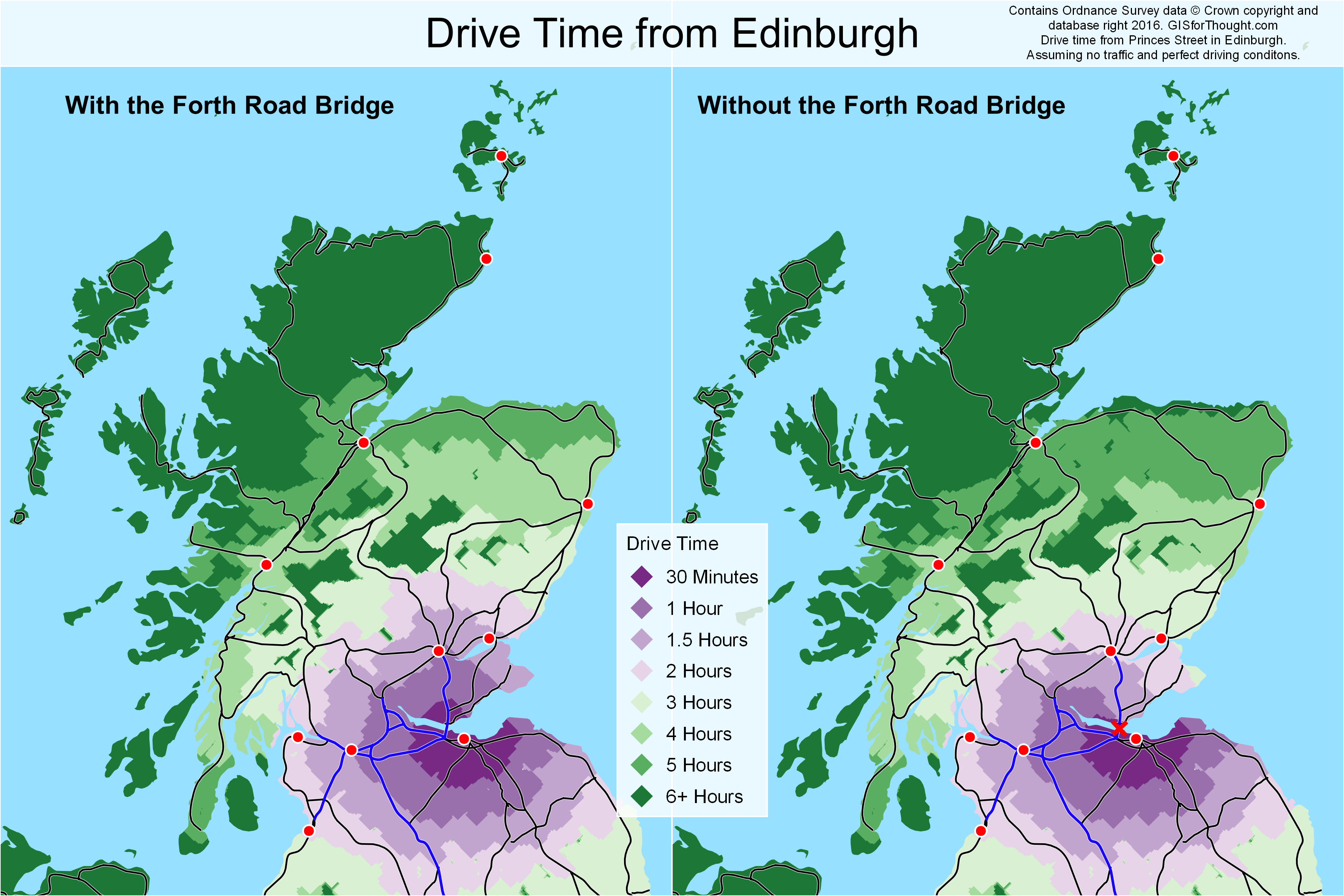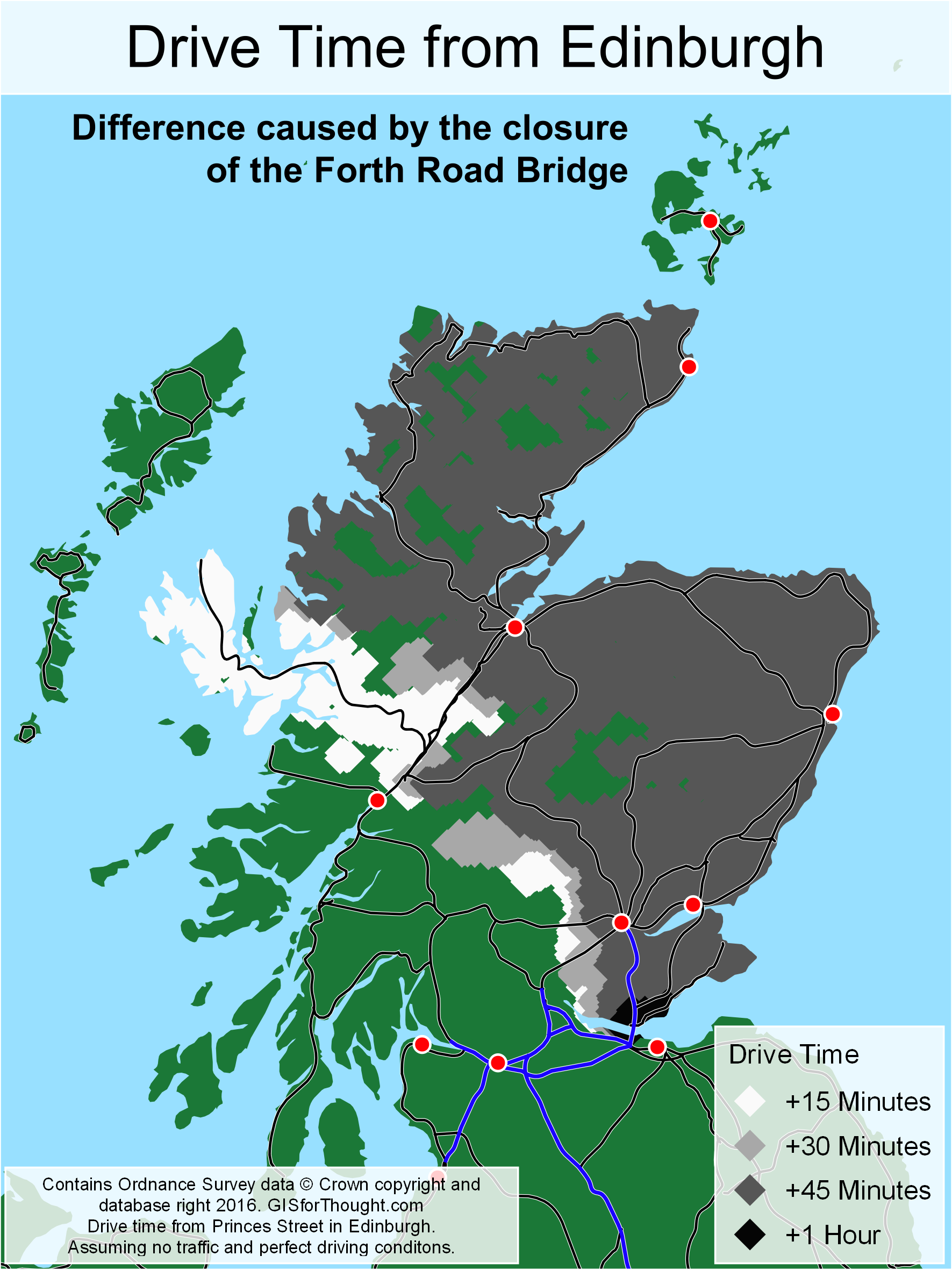First update: Glasgow Regions Mapped – Progress Update 1
Lets map the districts/regions/neighbourhoods/suburbs of Glasgow. The divisions of a city can be hard to distinguish, there are no hard boundaries between regions and these can be dynamic over time. Where does the West End begin? As soon as you cross the M8, or later? Where does the West End end? Before Partick, halfway through, or well past Scotstoun? Have your say!
People Make Glasgow, help define its boundaries.
This was done successfully in Boston: Bostonography – Neighborhoods as seen by the people.
Although Boston is a significantly easier target. Their map covered 21 different neighbourhoods. According to Wikipedia, Glasgow has at least 145 districts.
This will only be significant if we get a good number of responses. So please feel free to share!
Made possible by: Nick Martinelli from extent(PNW). Code on GitHub.
Map Glasgow’s Regions.


